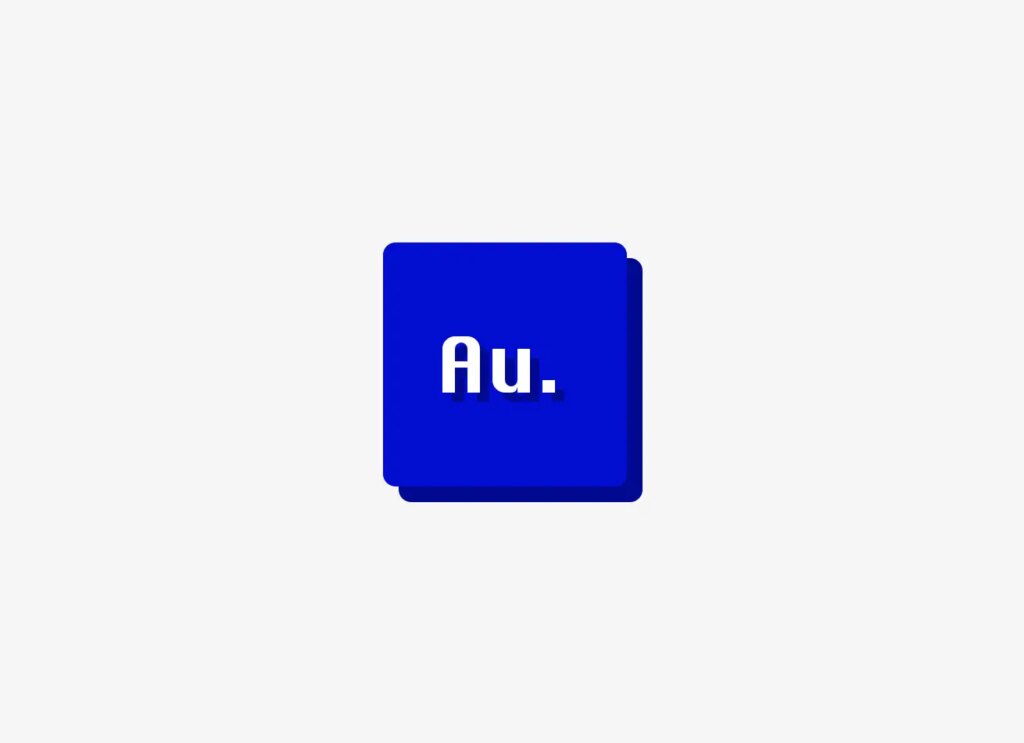Understanding User Engagement
Key Elements of Effective Mobile App Design
Intuitive Navigation
Navigation is the backbone of user experience. A well-structured navigation system ensures that users can easily find what they’re looking for without confusion. Key considerations include:
-Clear Information Architecture: Organize content logically.
-Simple Menus: Minimize the number of taps required to reach essential features.
-Intuitive Gestures: Incorporate familiar gestures for easier navigation (e.g., swipe, pinch).
Responsive Design
Given the diversity in mobile devices, responsive design ensures your app looks and functions seamlessly across various screen sizes and orientations. This enhances accessibility and usability, contributing to higher engagement levels.
– Adaptive Layouts: Adjust content dynamically based on screen dimensions.
– Touch-Friendly Elements: Ensure buttons and interactive elements are easily tappable.
Loading Speed and Performance
Speed matters in mobile apps. Long loading times and sluggish performance can frustrate users and lead to disengagement. Optimizing performance involves:
-Efficient Backend Infrastructure: Use robust servers and minimize server response times.
-Caching Strategies: Store frequently accessed data locally to reduce loading times.
-Image and Resource Optimization: Compress images and minimize resource-heavy elements.
Personalization
Tailoring the app experience to individual users can significantly boost engagement. Personalization can range from customized content recommendations to adaptive interfaces that reflect user preferences and behavior.
-User Profiles: Allow users to create profiles and customize settings.
-Behavioral Analysis: Use analytics to understand user behavior and tailor recommendations.
Visual Design and User Interface (UI)
Aesthetics matter in app design. An appealing visual design not only attracts users but also enhances usability and overall satisfaction.
-Consistent Branding: Use consistent colors, fonts, and imagery that reflect your brand identity.
– Minimalist Design: Avoid clutter and focus on essential elements.
– Accessibility: Ensure readability and usability for all users, including those with disabilities.

Strategies to Enhance User Engagement
Gamification
Integrating gamification elements can make the app experience more interactive and enjoyable. Rewards, badges, and challenges can motivate users to engage more frequently and deeply with the app.
Push Notifications
Social Sharing and Community Building
Feedback Mechanisms
Strategies to Enhance User Engagement
Duolingo
Conclusion
Effective mobile app design is a blend of art and science, where usability, aesthetics, and functionality converge to create a compelling user experience. By focusing on intuitive navigation, responsive design, performance optimization, personalization, and engaging strategies like gamification and social sharing, developers can significantly boost user engagement. Ultimately, a well-designed app not only attracts users but also retains them, driving long-term success and growth.
In the competitive world of mobile apps, user engagement remains a key differentiator. By implementing these principles and strategies, developers can create apps that users love and use regularly, thereby maximizing their app’s potential and impact.



Even if we do not talk about 5G (specifically), the security talent in general in the country is very sparse at the moment. We need to get more (security) professionals in the system.